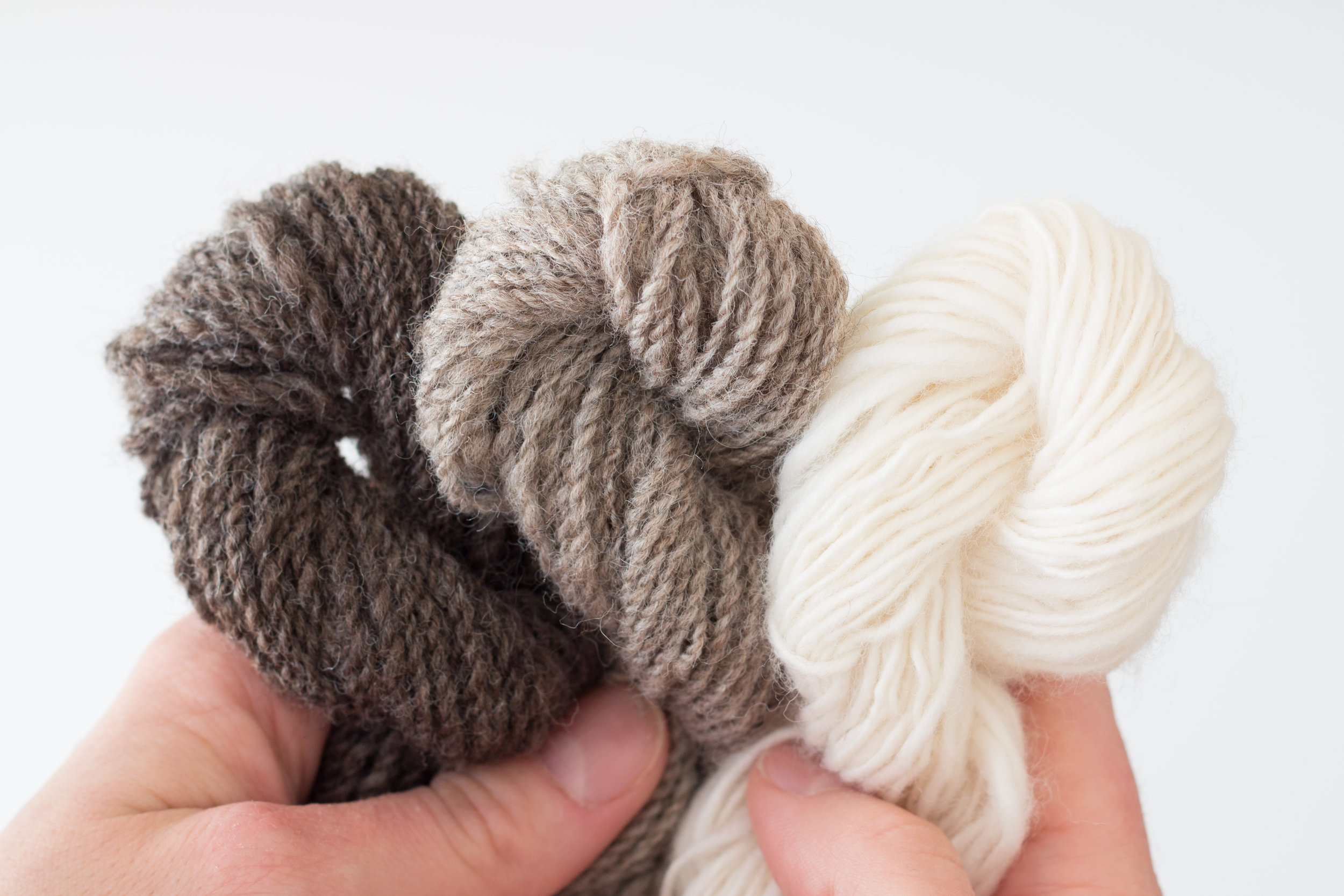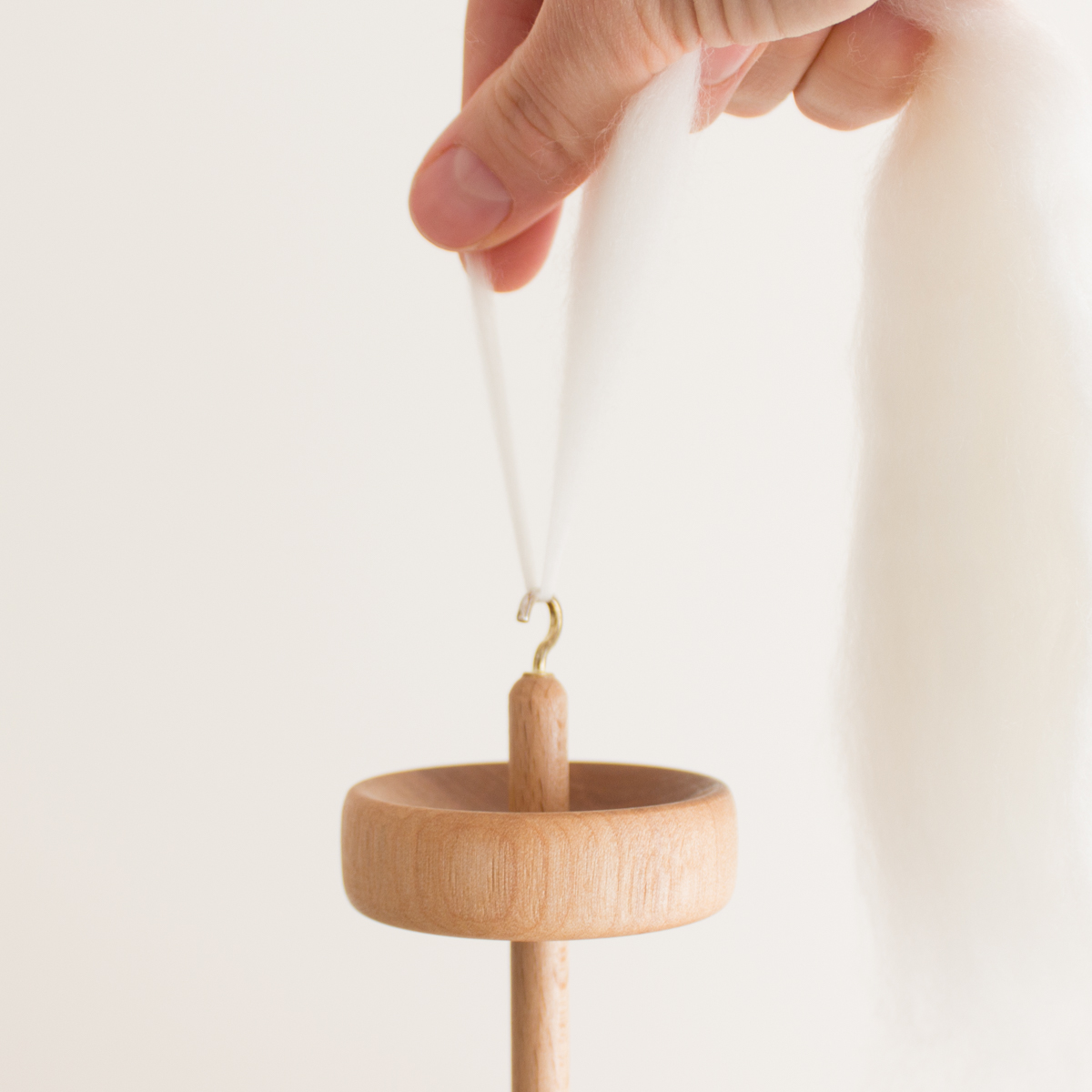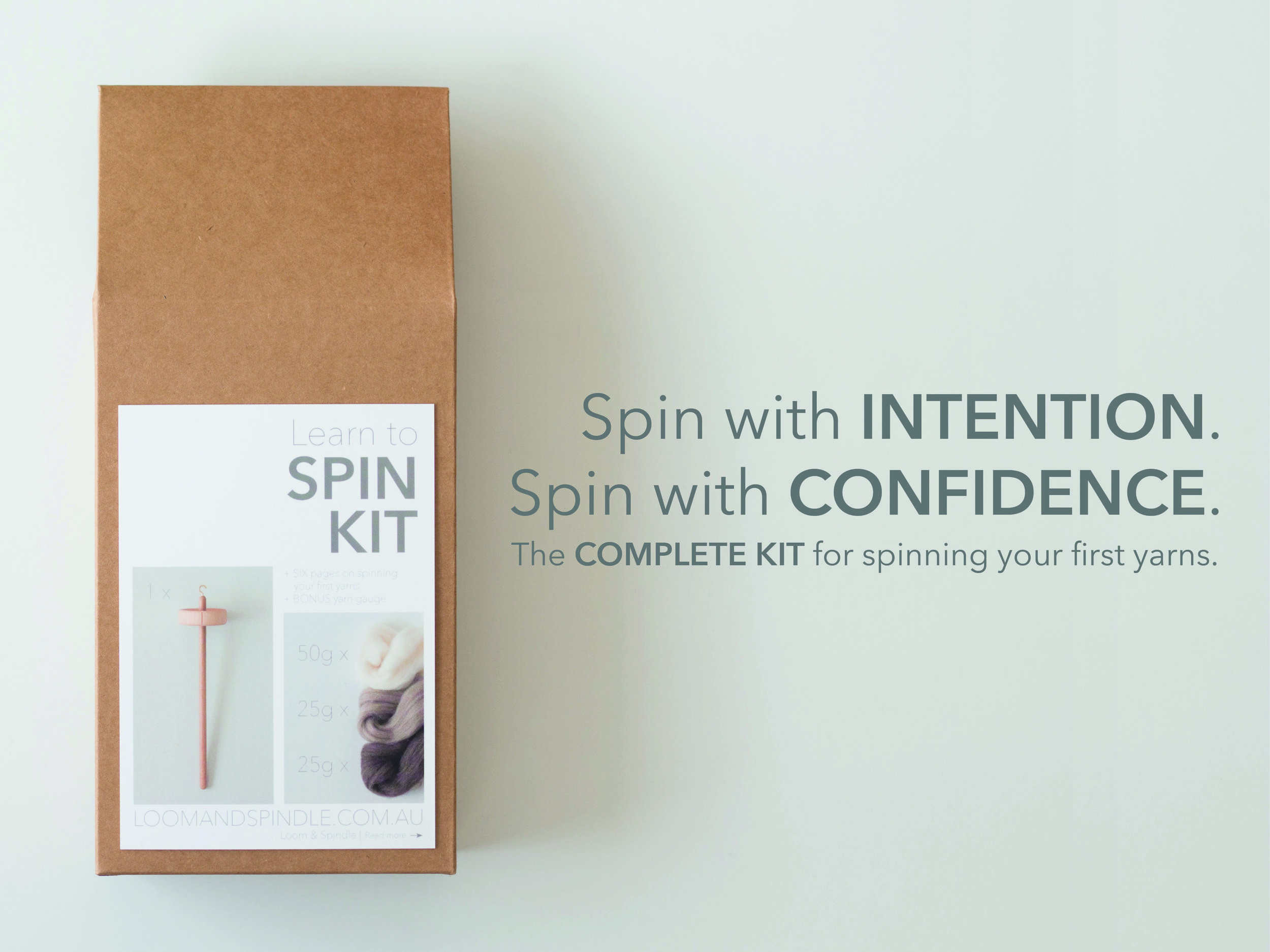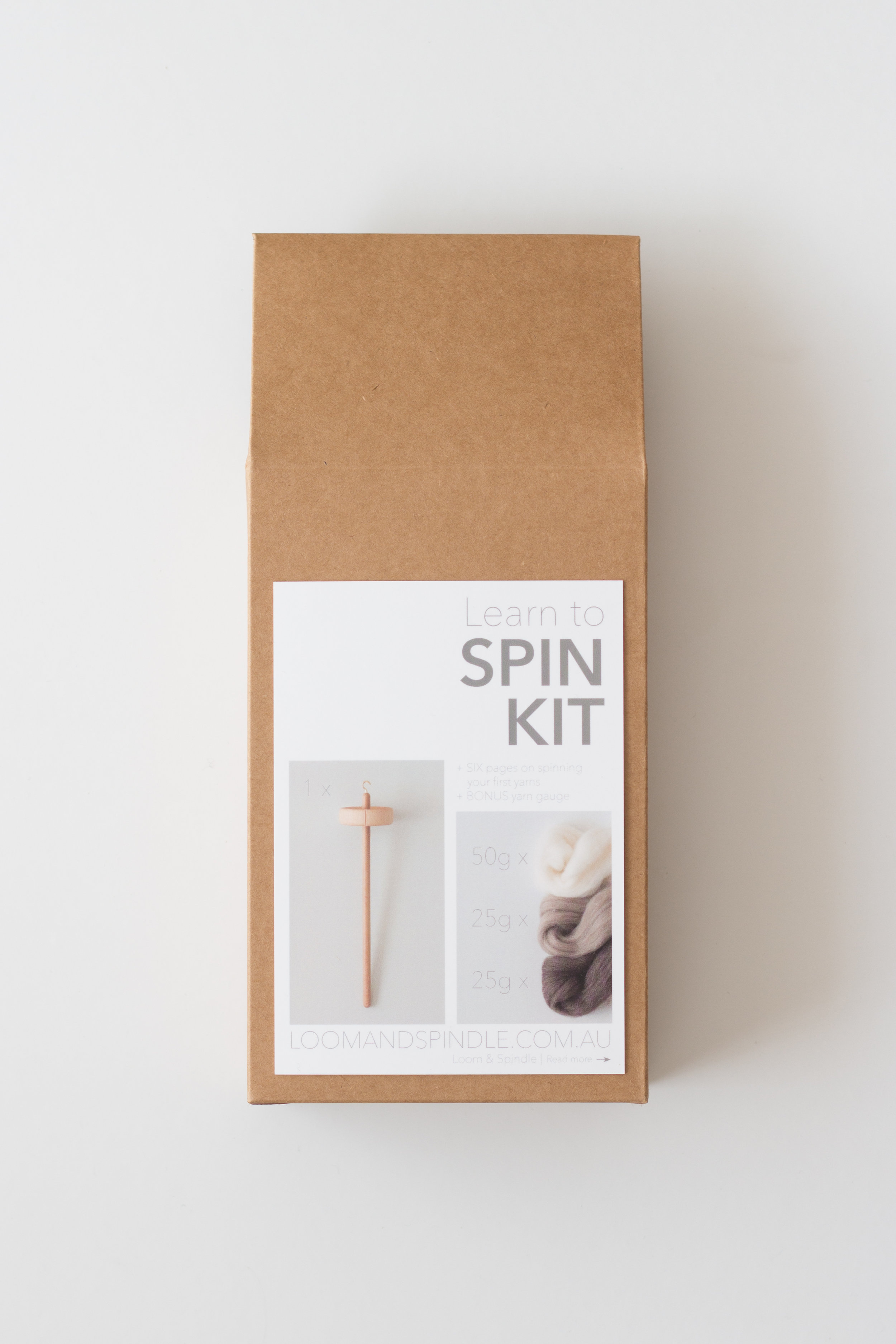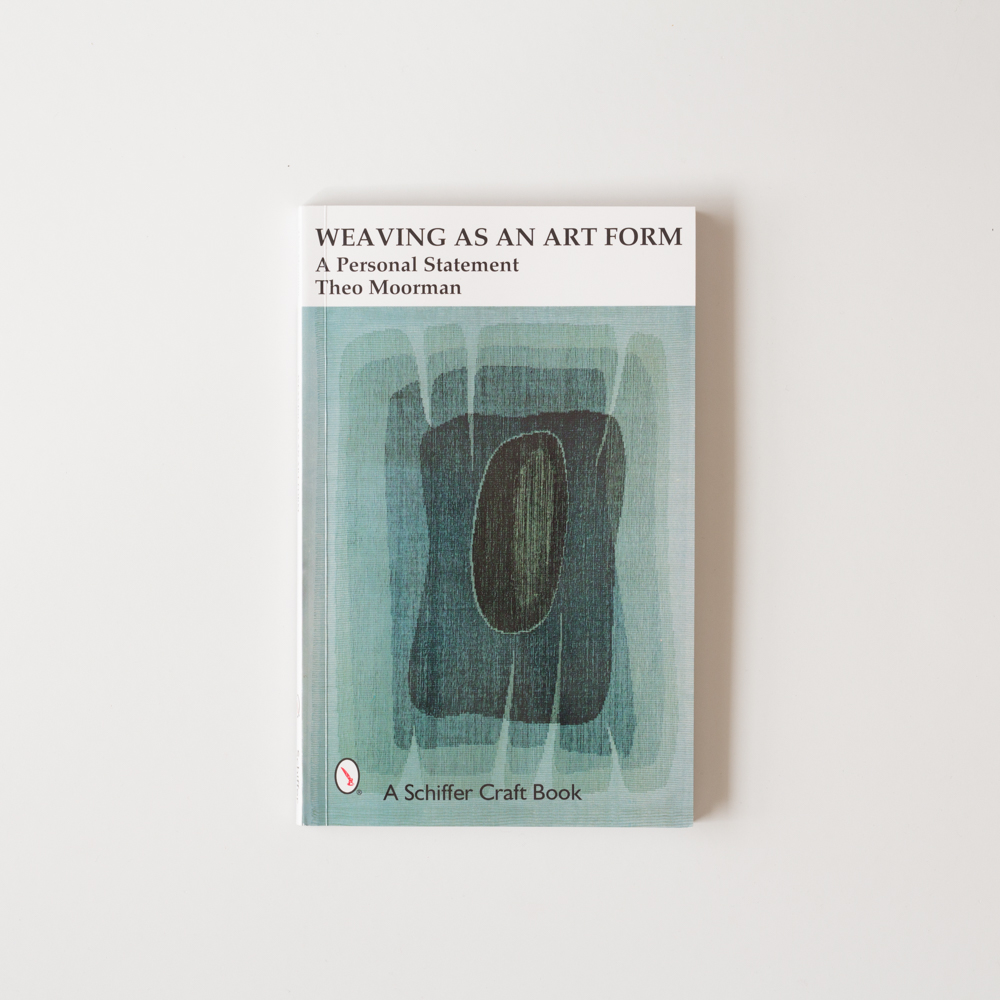With the gift-giving season now upon us, it can be a daunting challenge to find that special gift for the passionate maker in your life. To inspire your search I’ve put together a handy list of some of our favorite gift ideas. Whether they’re young or old, a beginner or an experienced crafter, I think we’ve got your loved one covered with our Six Gift Ideas To Inspire Holiday Crafting!
1. Learn to Spin Kits
This one’s for your adventurous crafter keen to experiment with textiles and fibre. The kit provides all the necessary inclusions for spinning their first yarns. It makes for a great new way to get creative with yarn and fibre and extend your loved one’s passion for making.
2. Weaving Kits
A frame-loom weaving kit is brilliant for those with a special interest in exploring tapestry or free-form weaving styles. Frame looms lend themselves to a range of projects and the inclusion of our tool kit will give them the opportunity to try various weaving styles. Loom & Spindle also offer a range of free resources to get your new weaver started.
3. Tapestry Bobbins
Support your experienced weaver to take the next step in their work with these beautifully handcrafted tapestry bobbins. Made from beech wood these bobbins are hand turned and polished with a smooth clear finish. They’re perfect for those wishing to explore more traditional tapestry techniques.
4. Mini Looms
This one’s perfect for the little crafter in your life. It makes an ideal learning tool for hands-on discovery. It's small size makes for quick and easy projects that can be completed in no time at all.
5. Cotton Warp Thread
Craft in colour with our new range of vibrant cotton warp threads. This would be a welcome addition to any weaver’s stash. With a palette of neutrals, bright primaries and softer hues to choose from, there’s sure to be a shade that’s right for your maker.
6. Notebook Set
Encourage your maker to take time out for journaling and creativity with a notebook set. They can record their daily inspiration and ideas for new projects. Offering them a personal space for reflection for more intentional crafting.










